When purchasing a sword, a set of the following four components is included to certify its unquestionable authenticity.
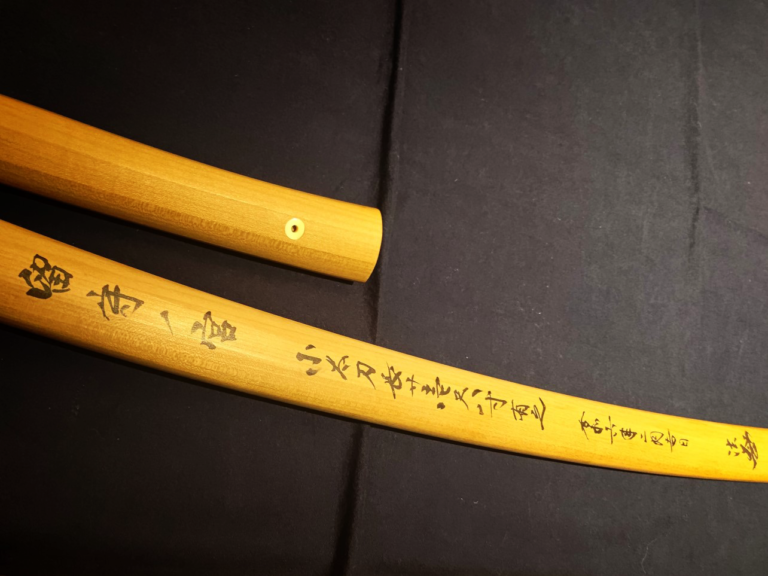
1. Sayagaki (Sword scabbard inscriptions)
Sayagaki are documents inscribed on the scabbards of Japanese swords, verifying the creator, authenticity, and features. Originating in the Edo period for the noble families to manage and identify their sword collections, sayagaki significantly increases the artistic value of the swords and is highly treasured by collectors.
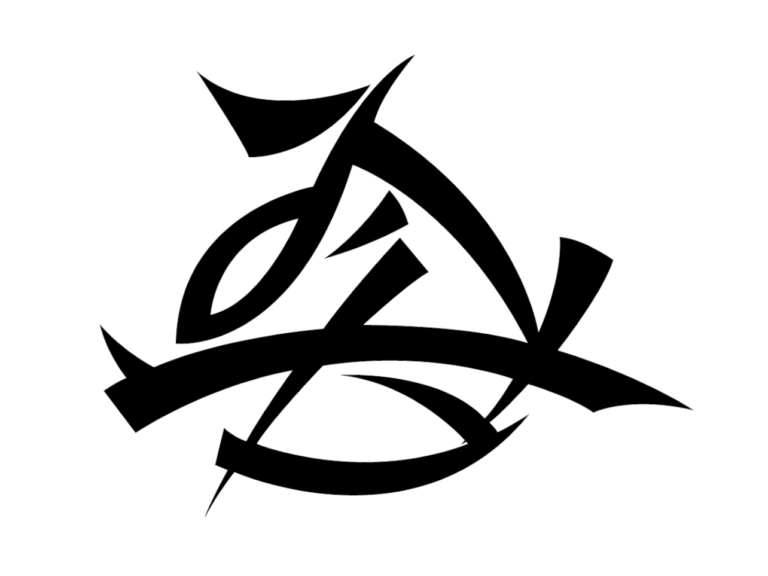
2. Kaō
Kao, or signature marks, are symbolic of a swordsmith's identity and skill in the realm of Japanese swords. More than just a name, these decorative writings reflect the artistry and spirit of the smith, highly valued by collectors as part of the sword's unique history and narrative. Kao transforms a Japanese sword from a mere tool to an art piece inspiring awe and respect.
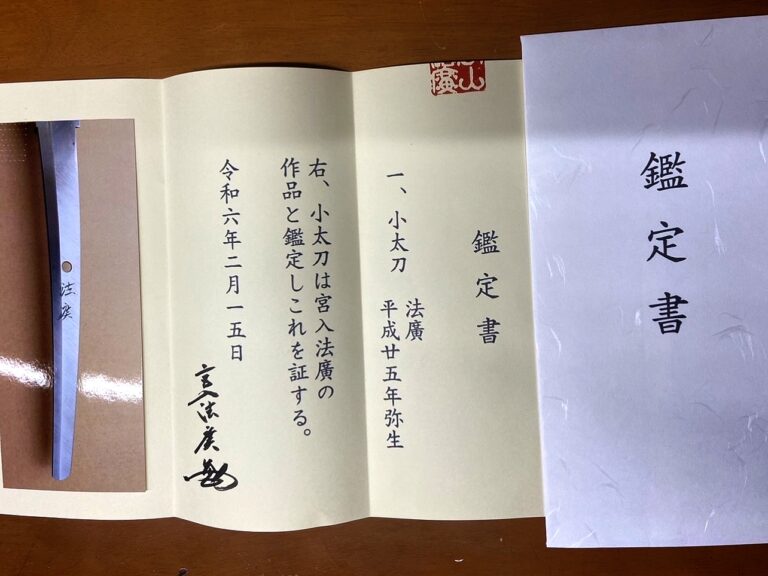
3. Firearms and Swords Registration Certificate.
The Firearms and Swords Registration Certificate is a public document required in Japan for the legal possession of sword types. It includes the owner's name and address, along with the type and features of the sword, and is used to ensure proper management and handling in compliance with the law.
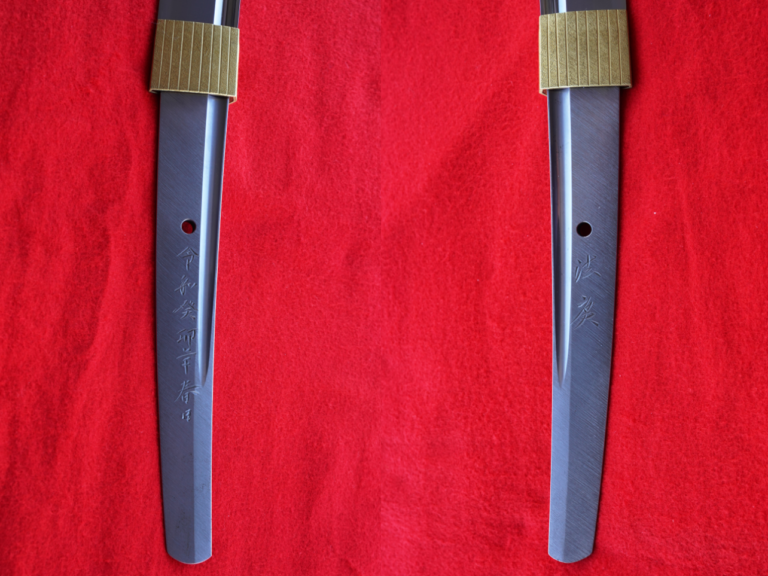
4. Gō
"Gō" is the tradition of giving a special name or title to a sword, inscribed on the tang (nakago). It symbolizes the sword's characteristics, beauty, and the artistic intent of the swordsmith. On the other hand, "Mei" is the signature or production information engraved by the swordsmith on the same part, identifying the creator and their background. Gō adds respect and poetic value to the sword, while Mei focuses on the sword's origins and maker.
